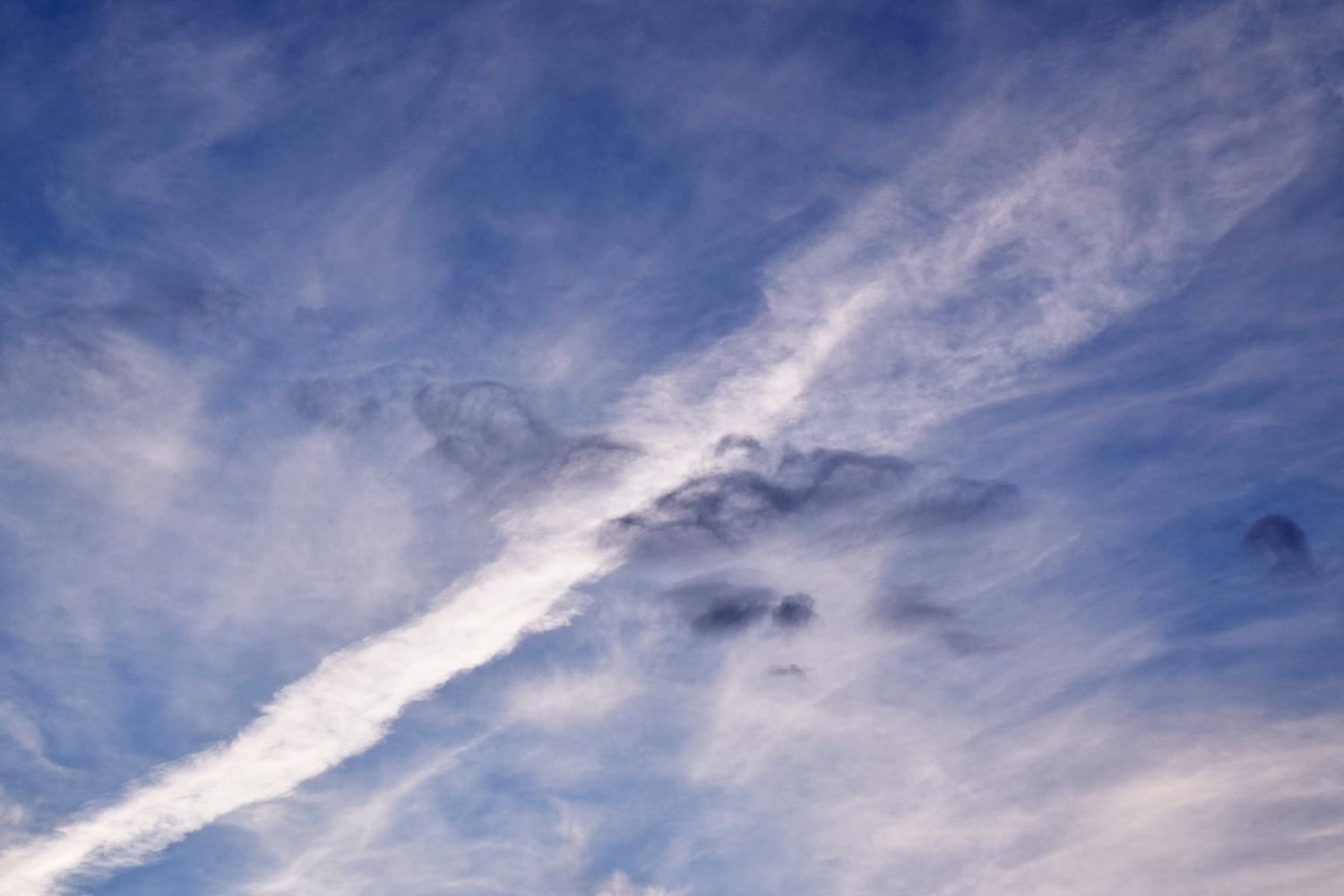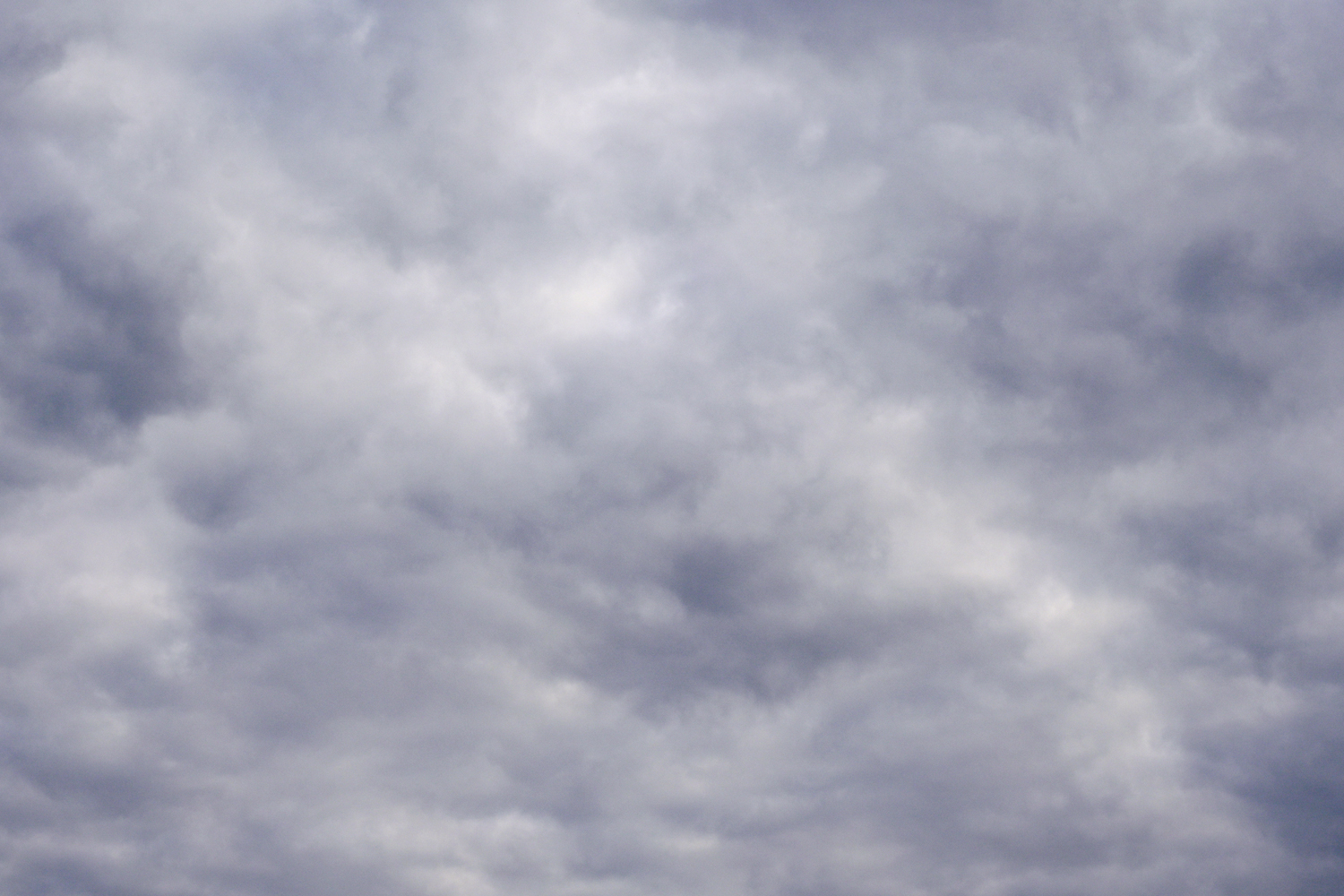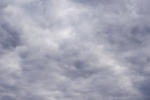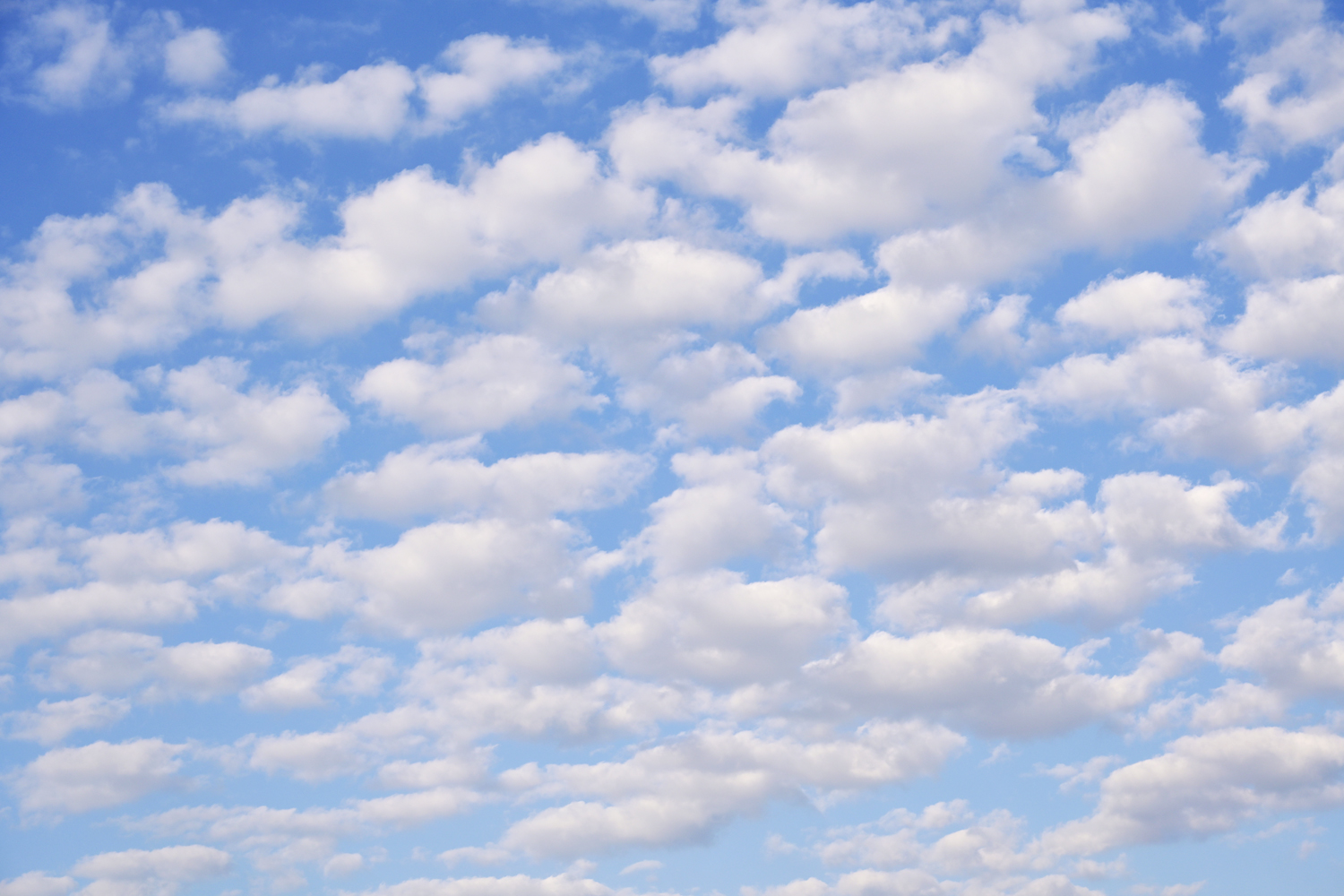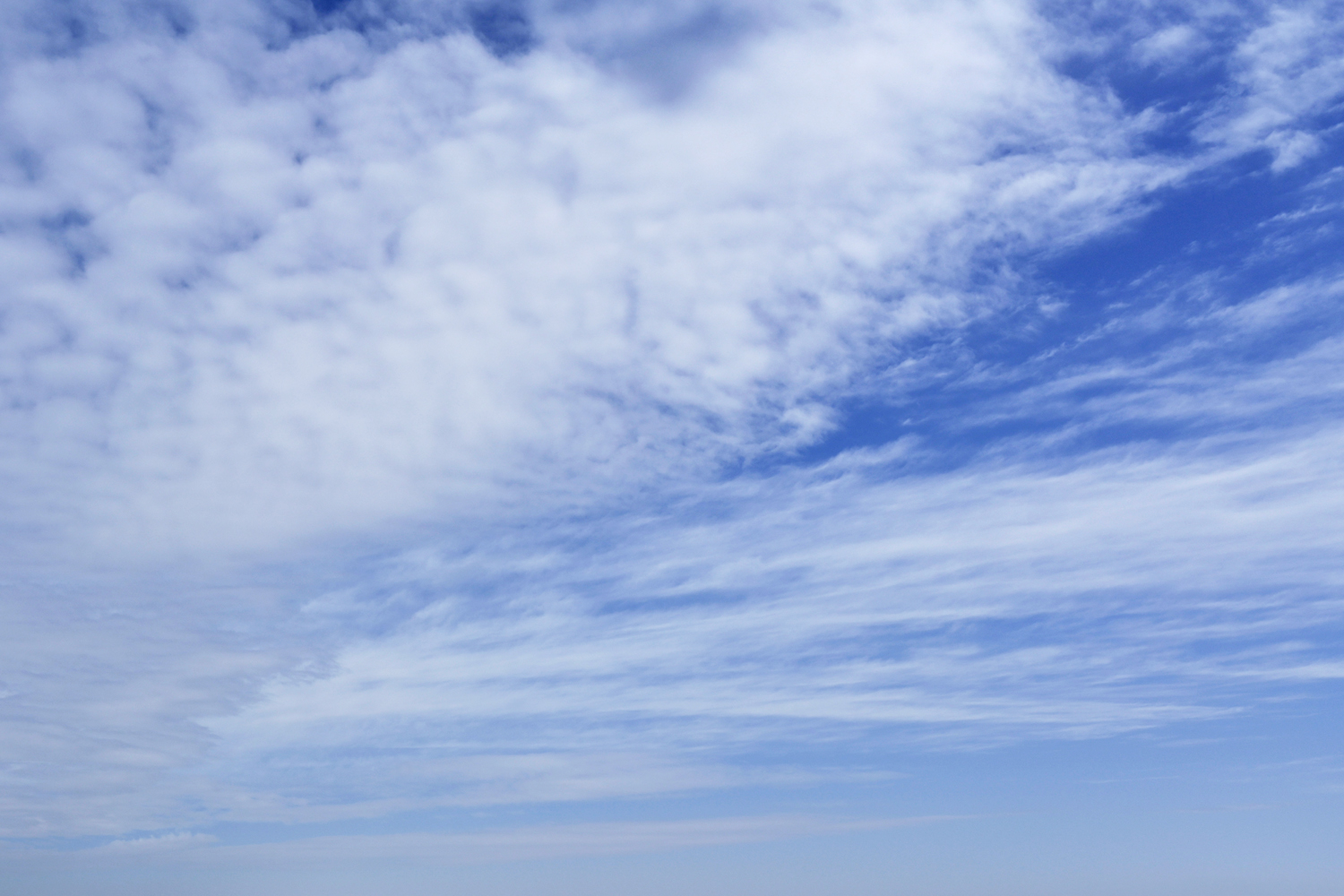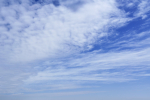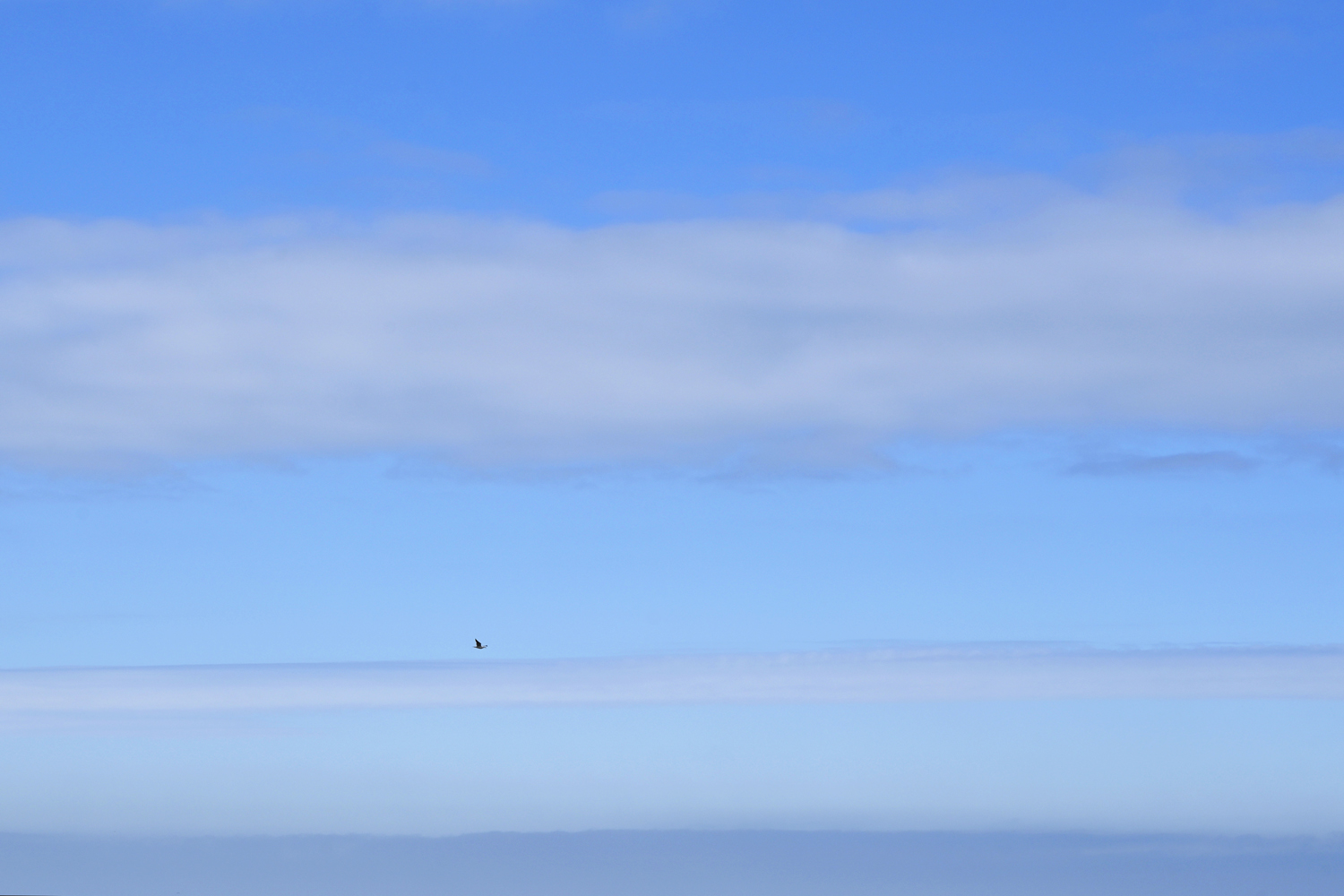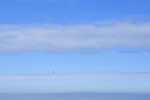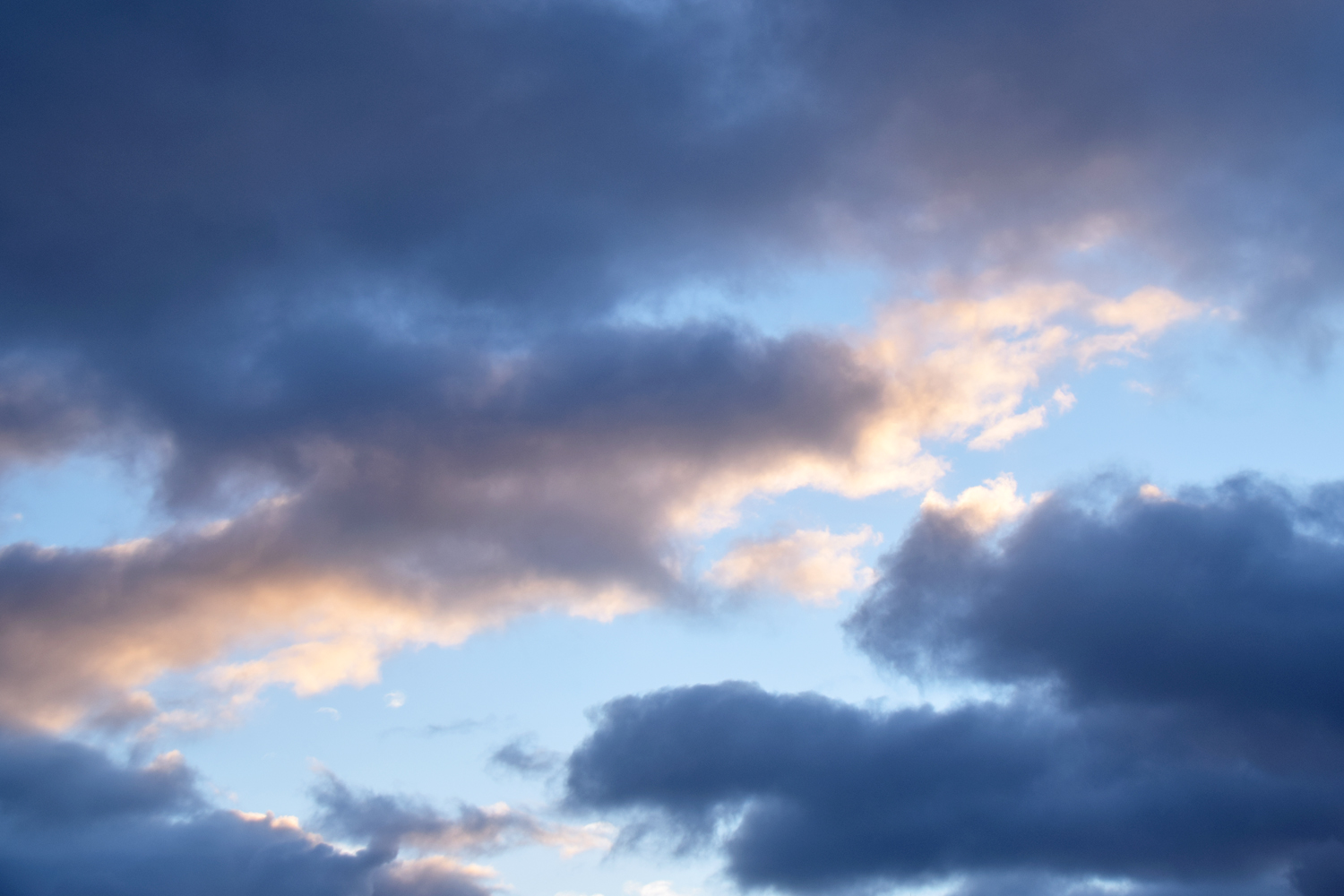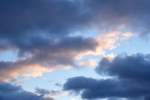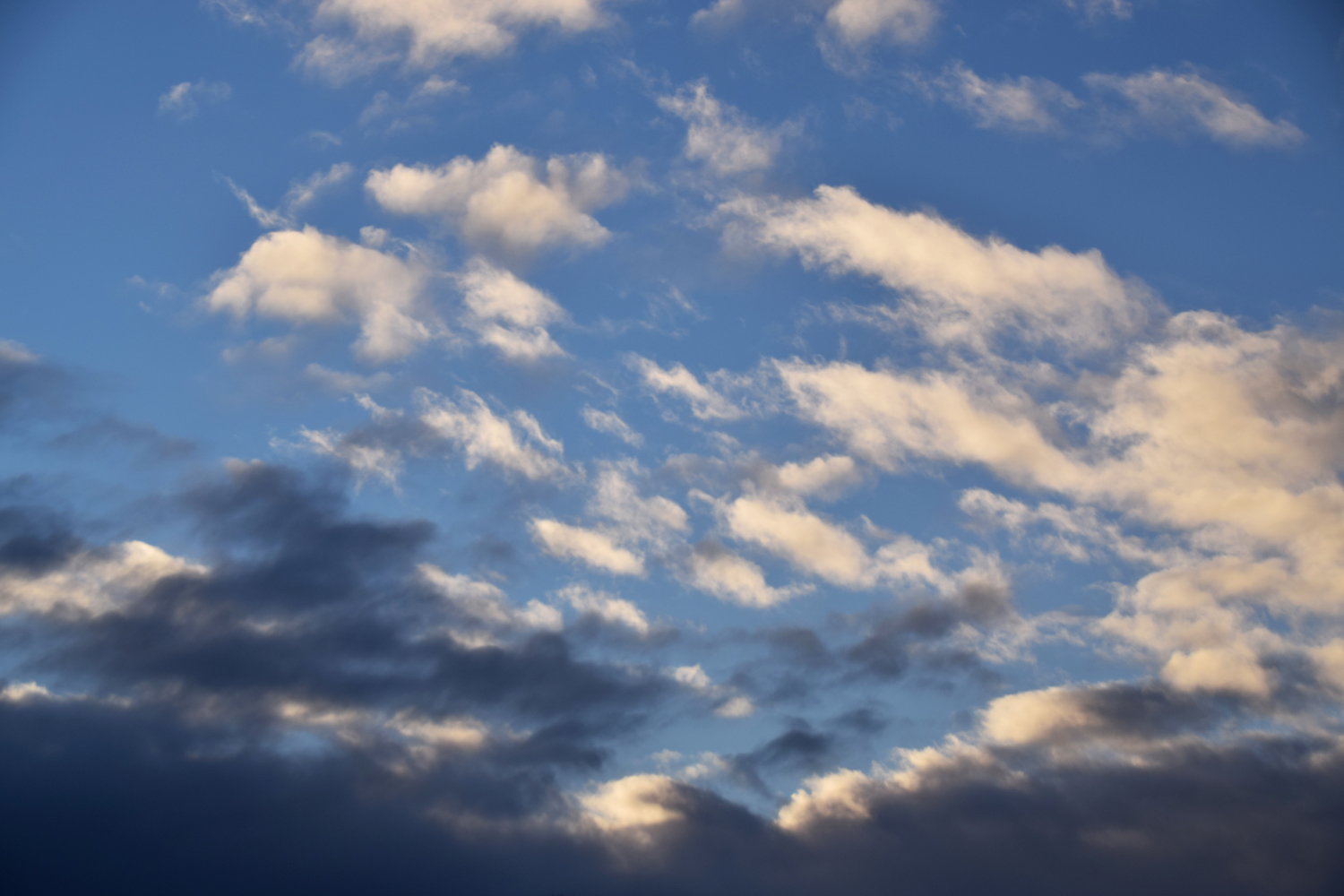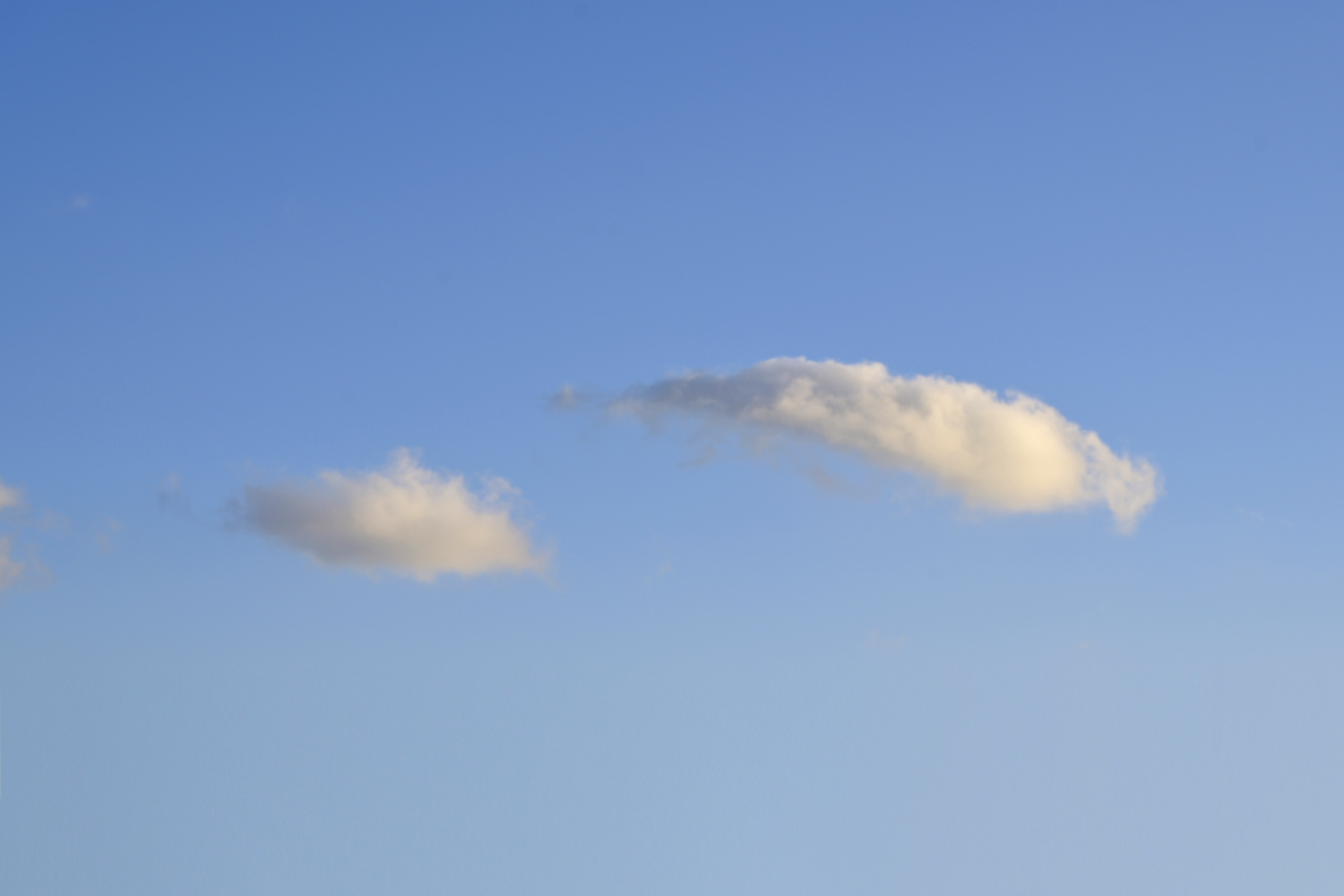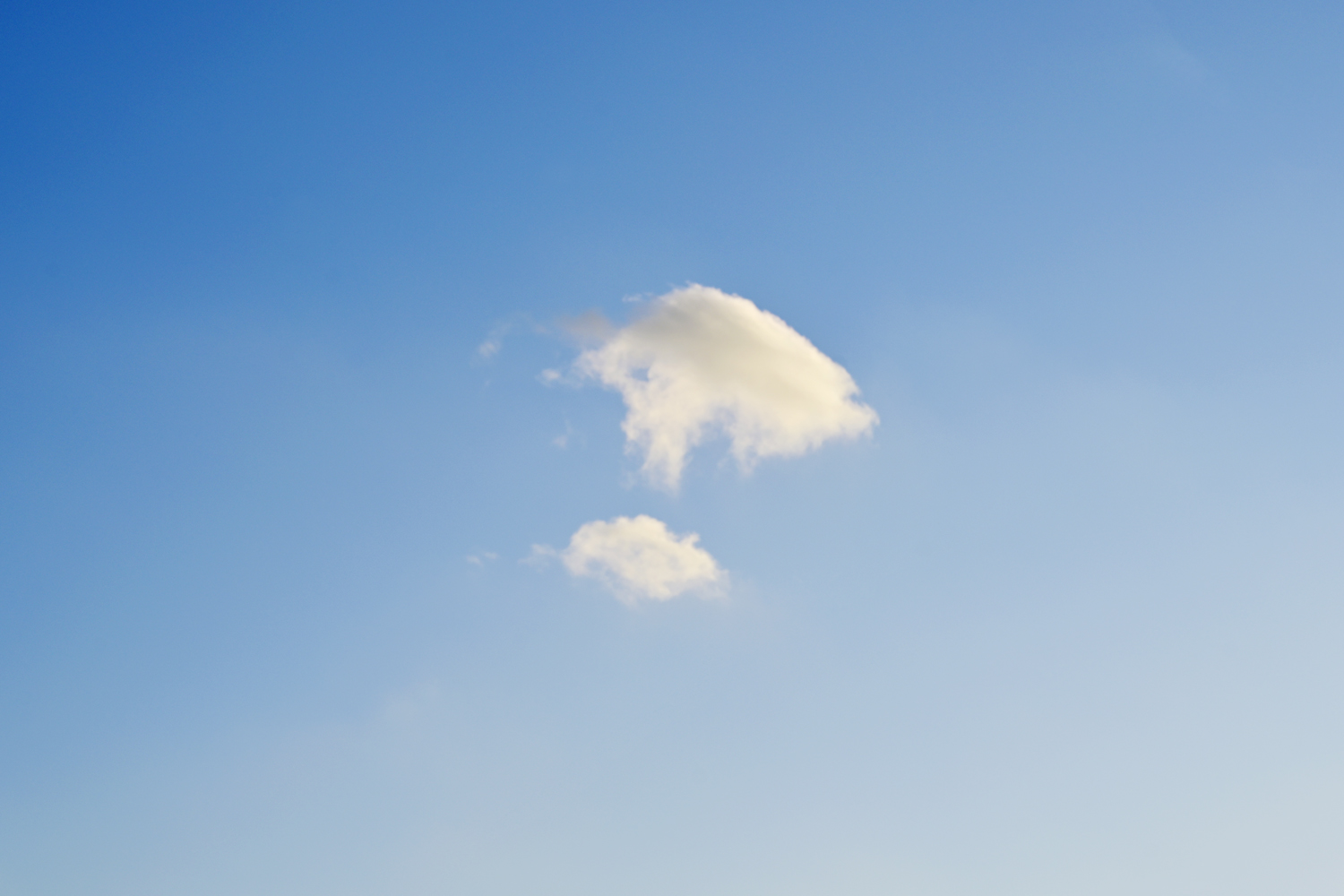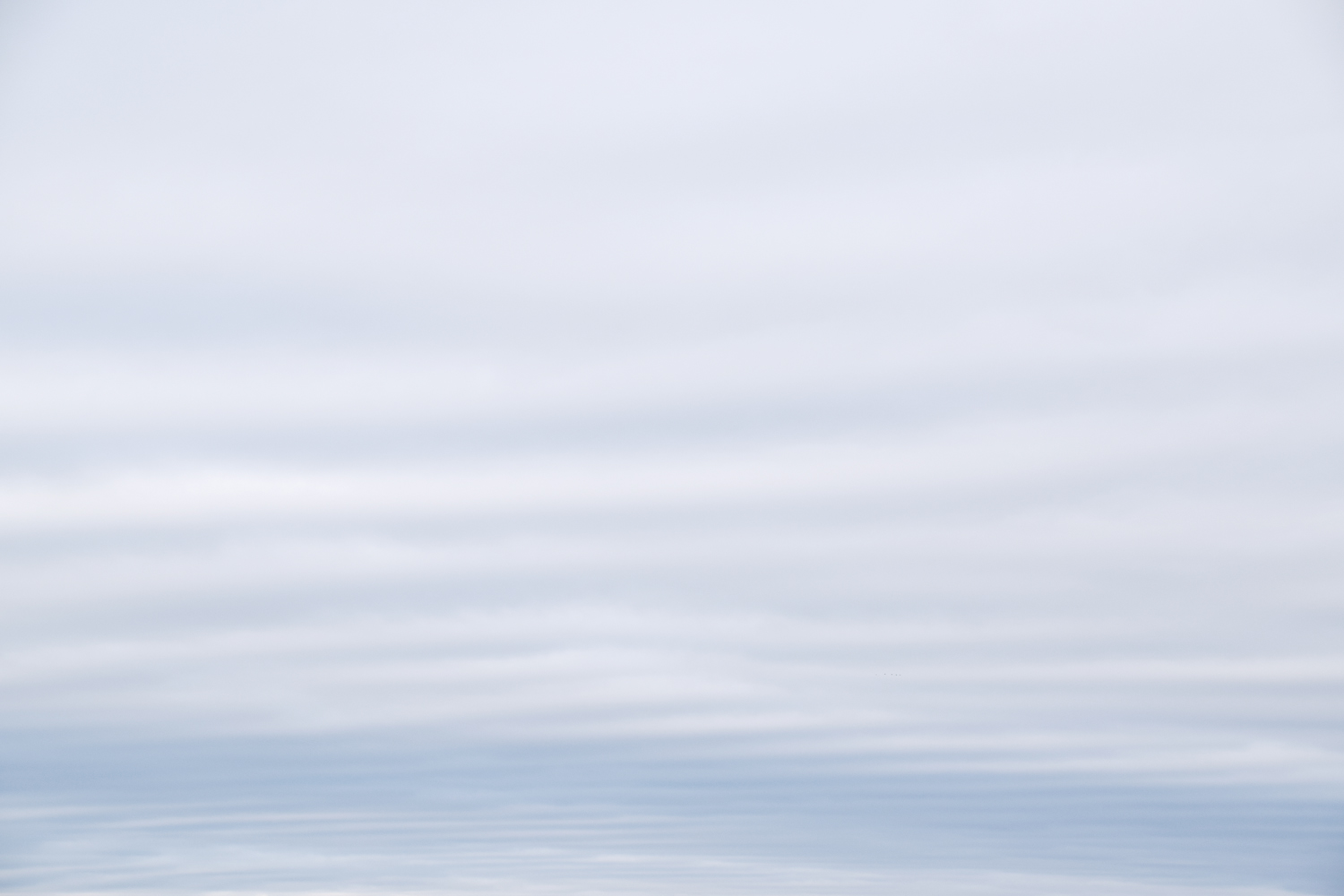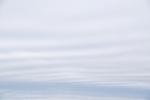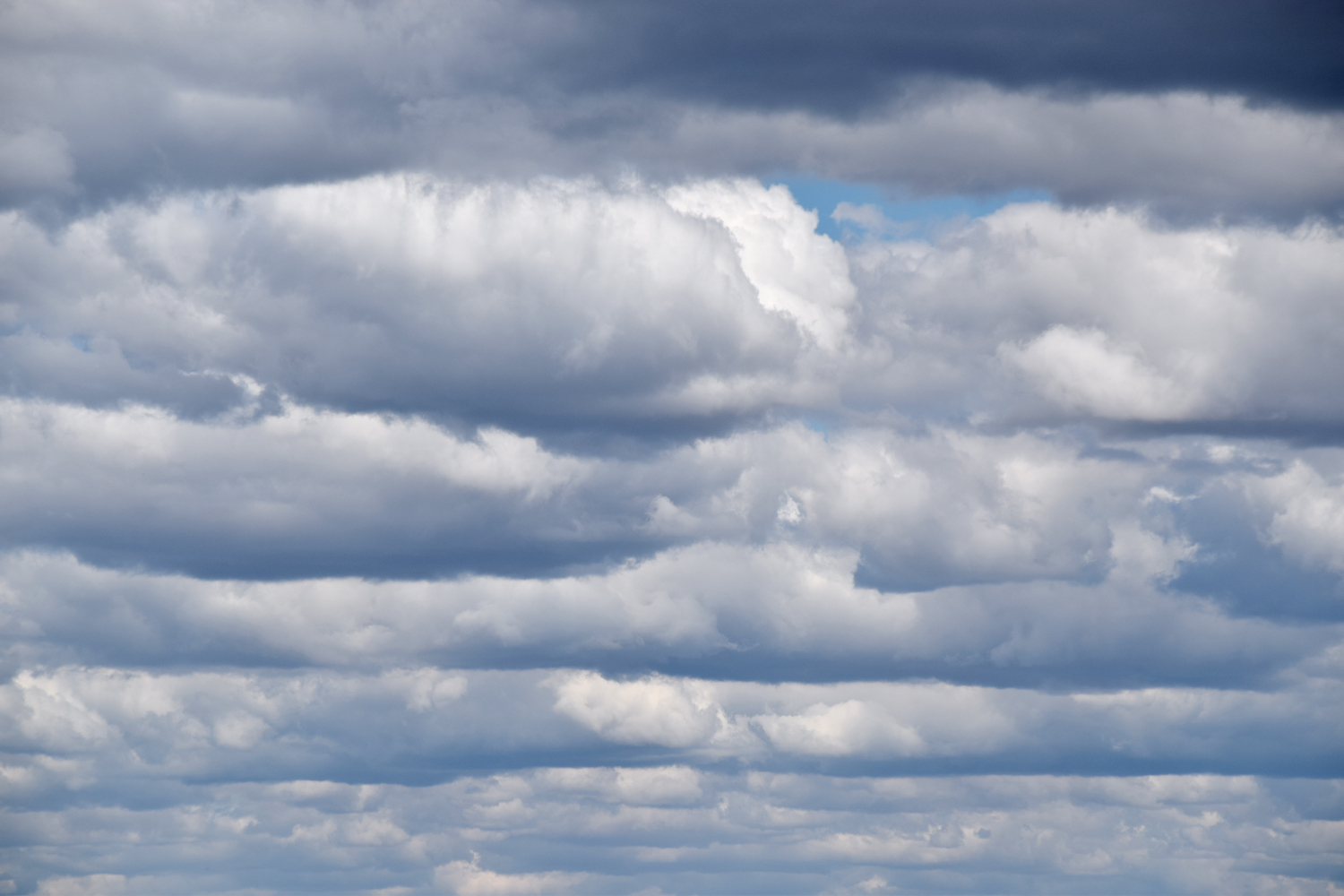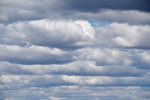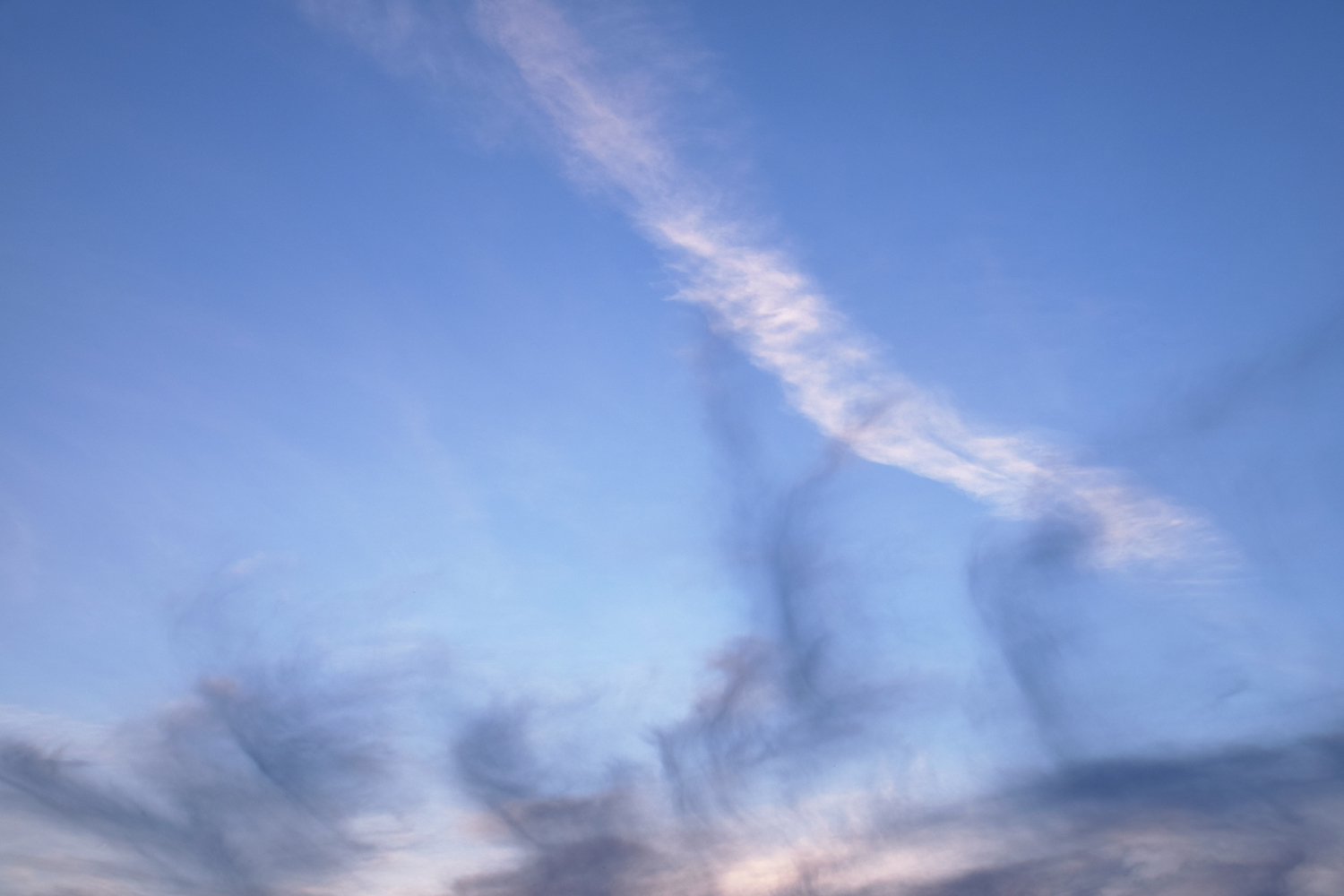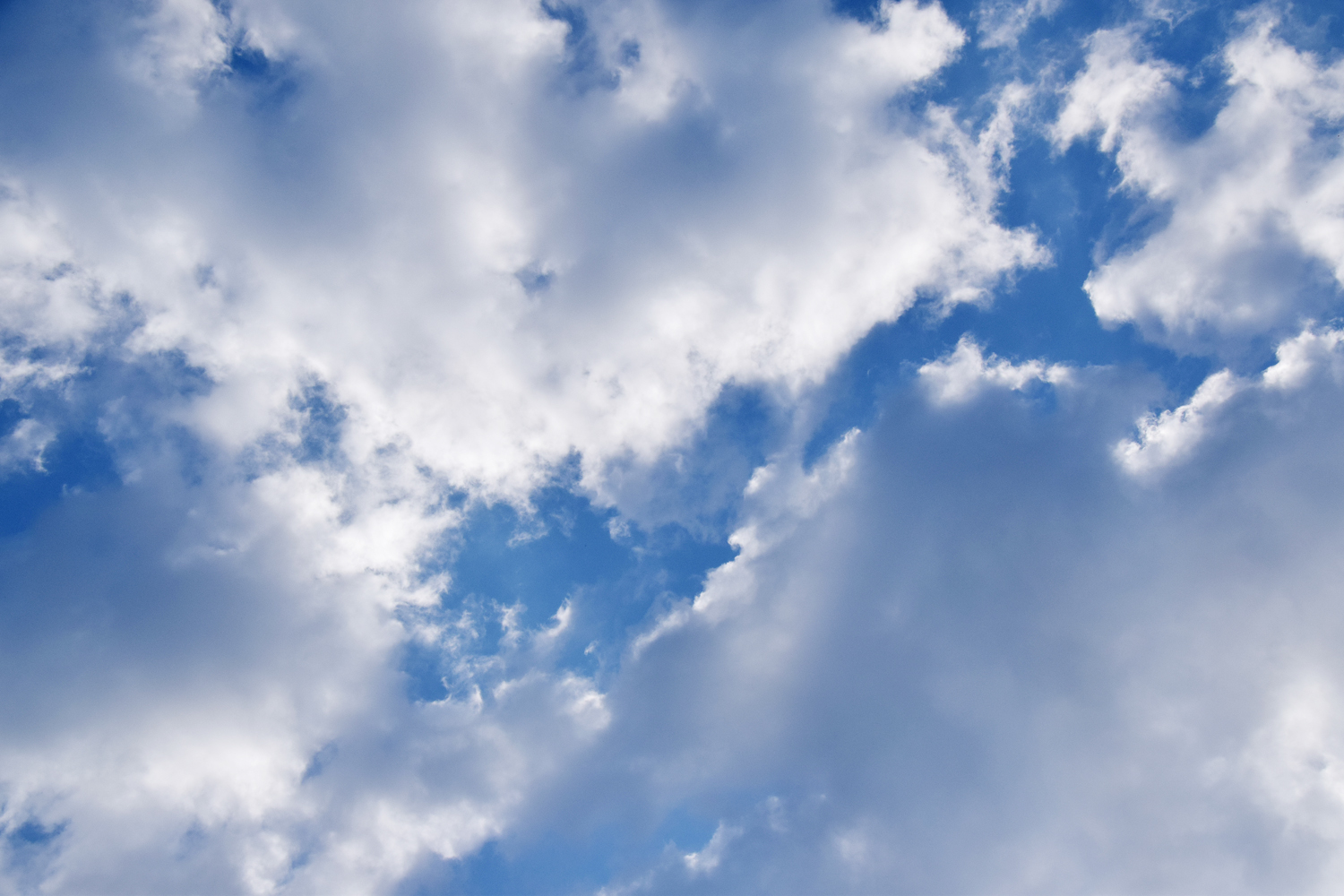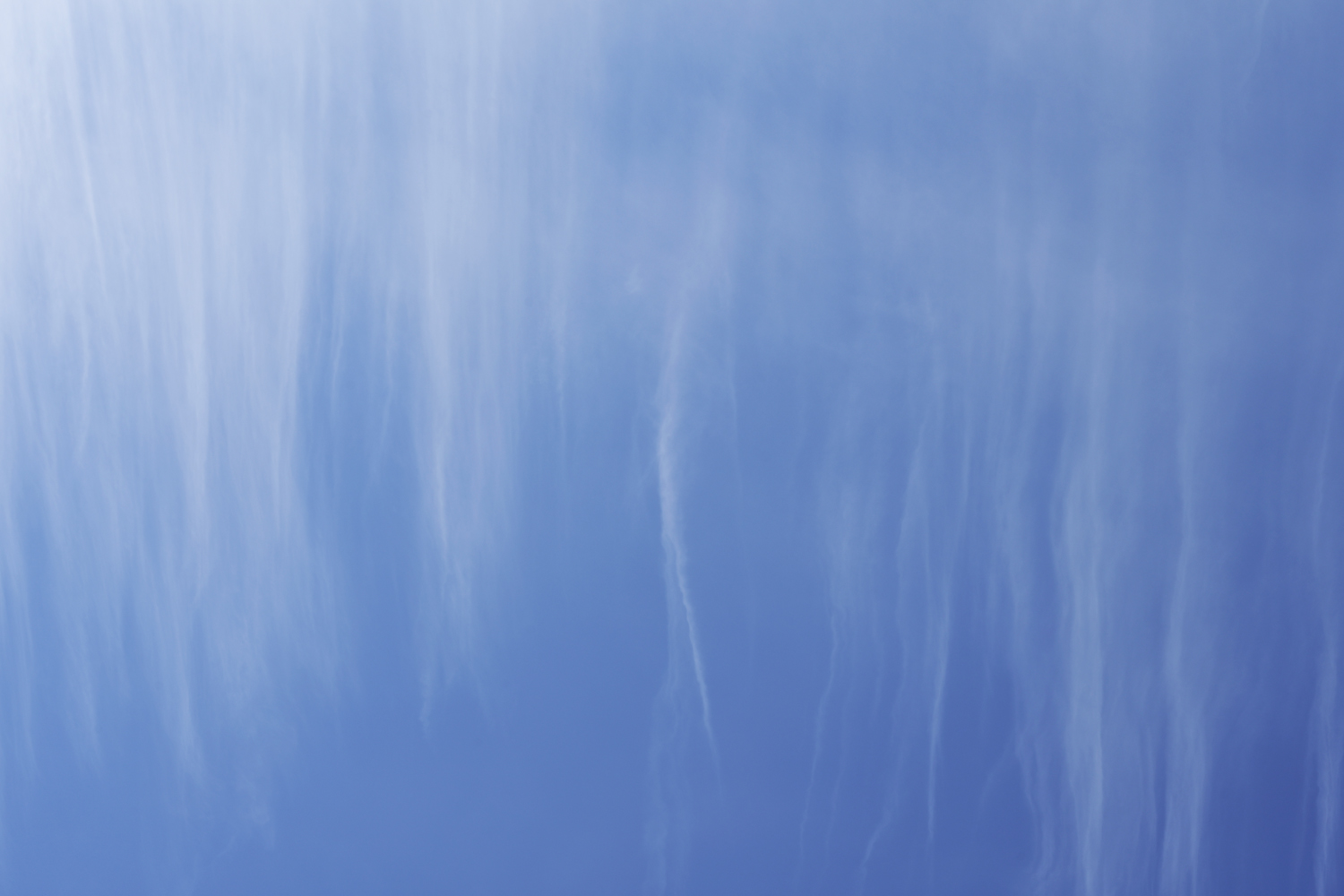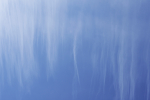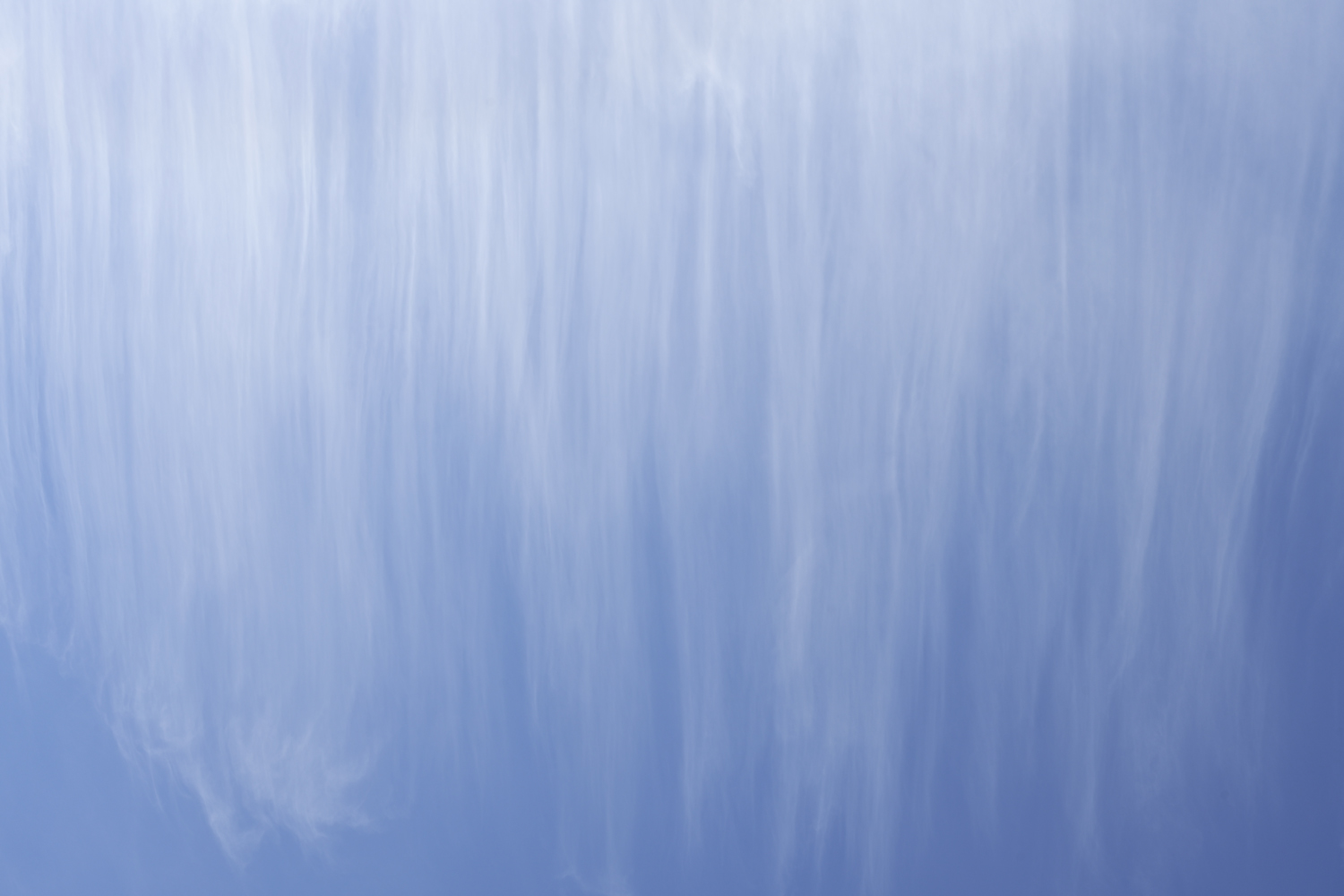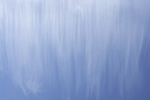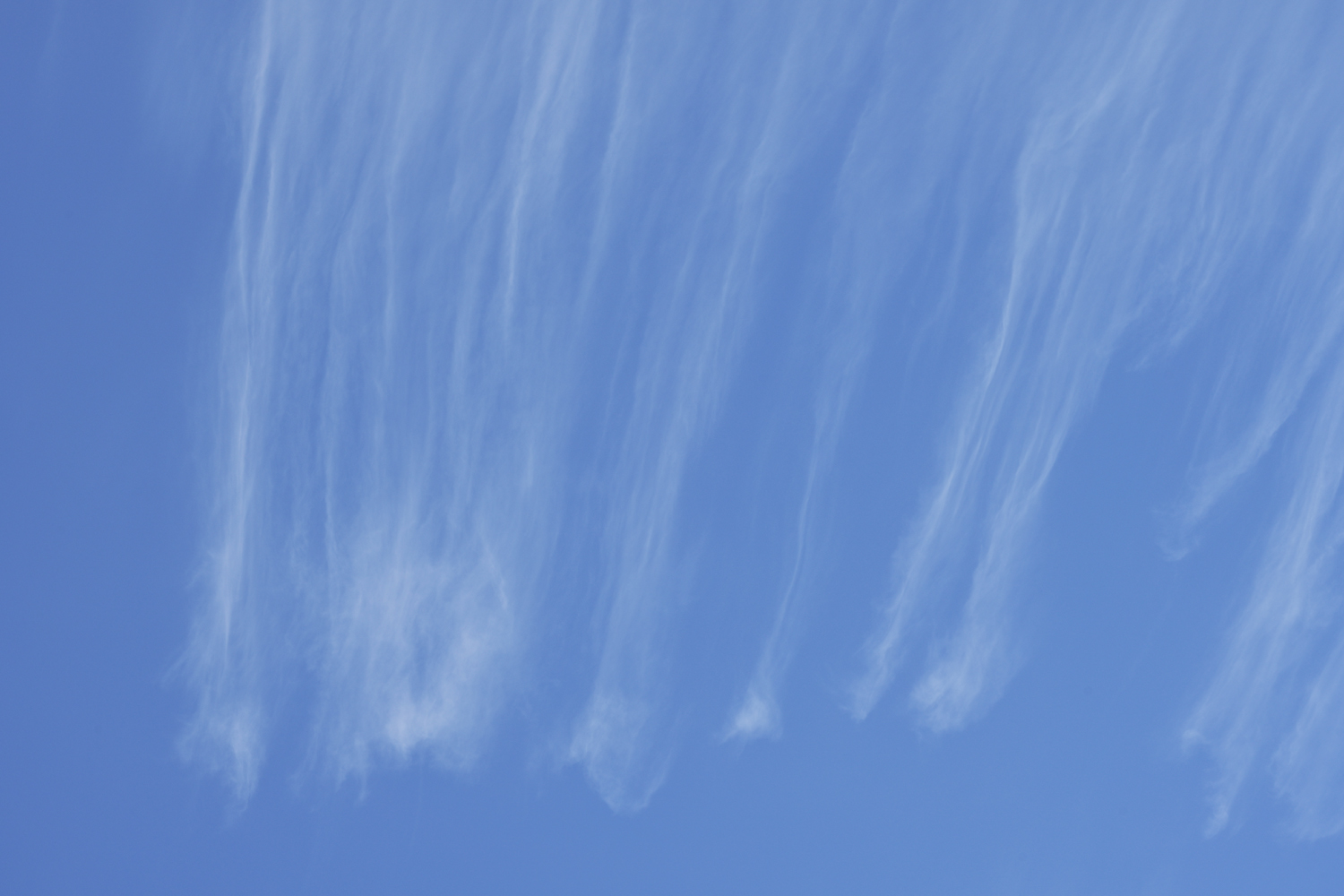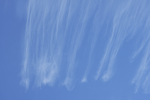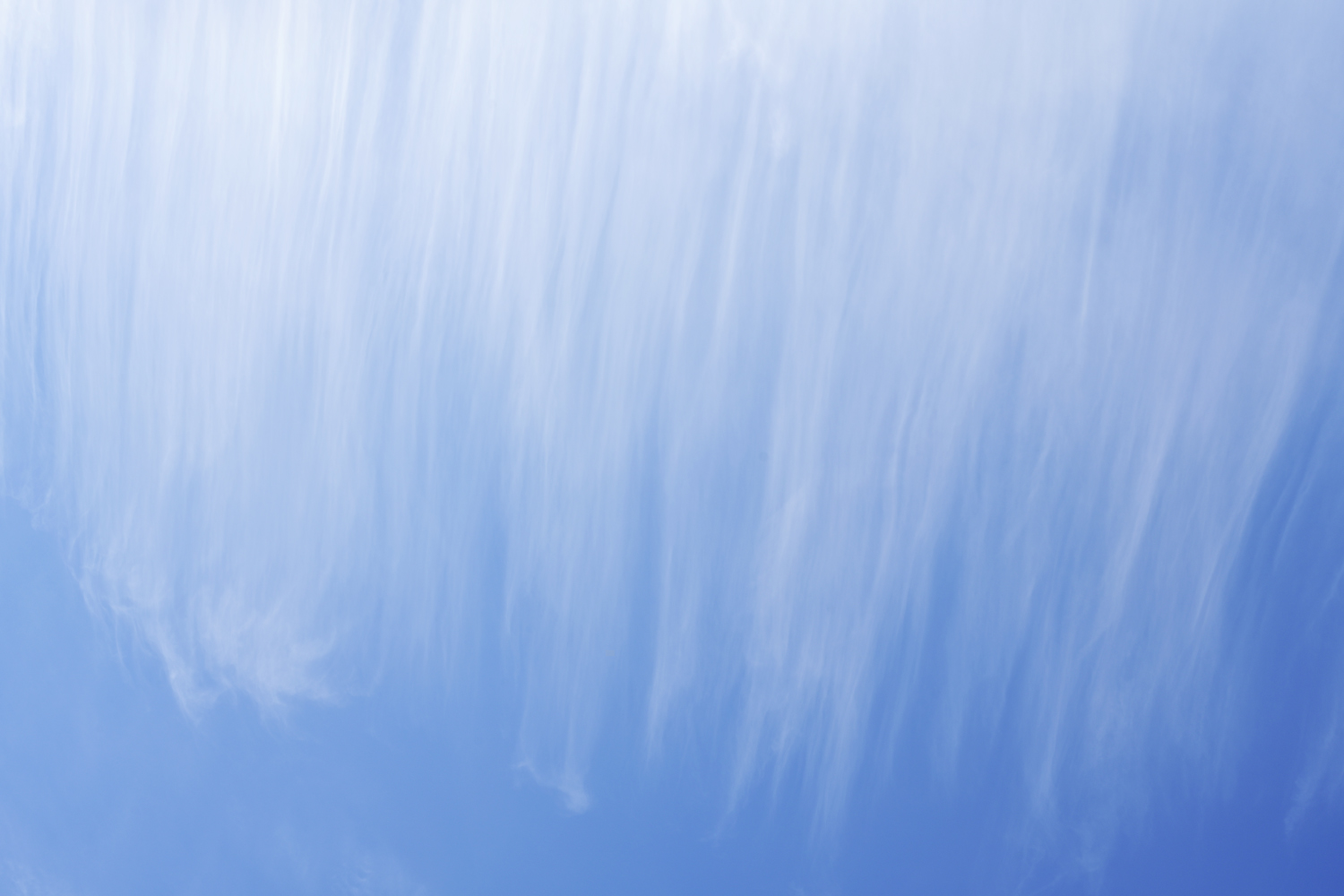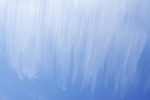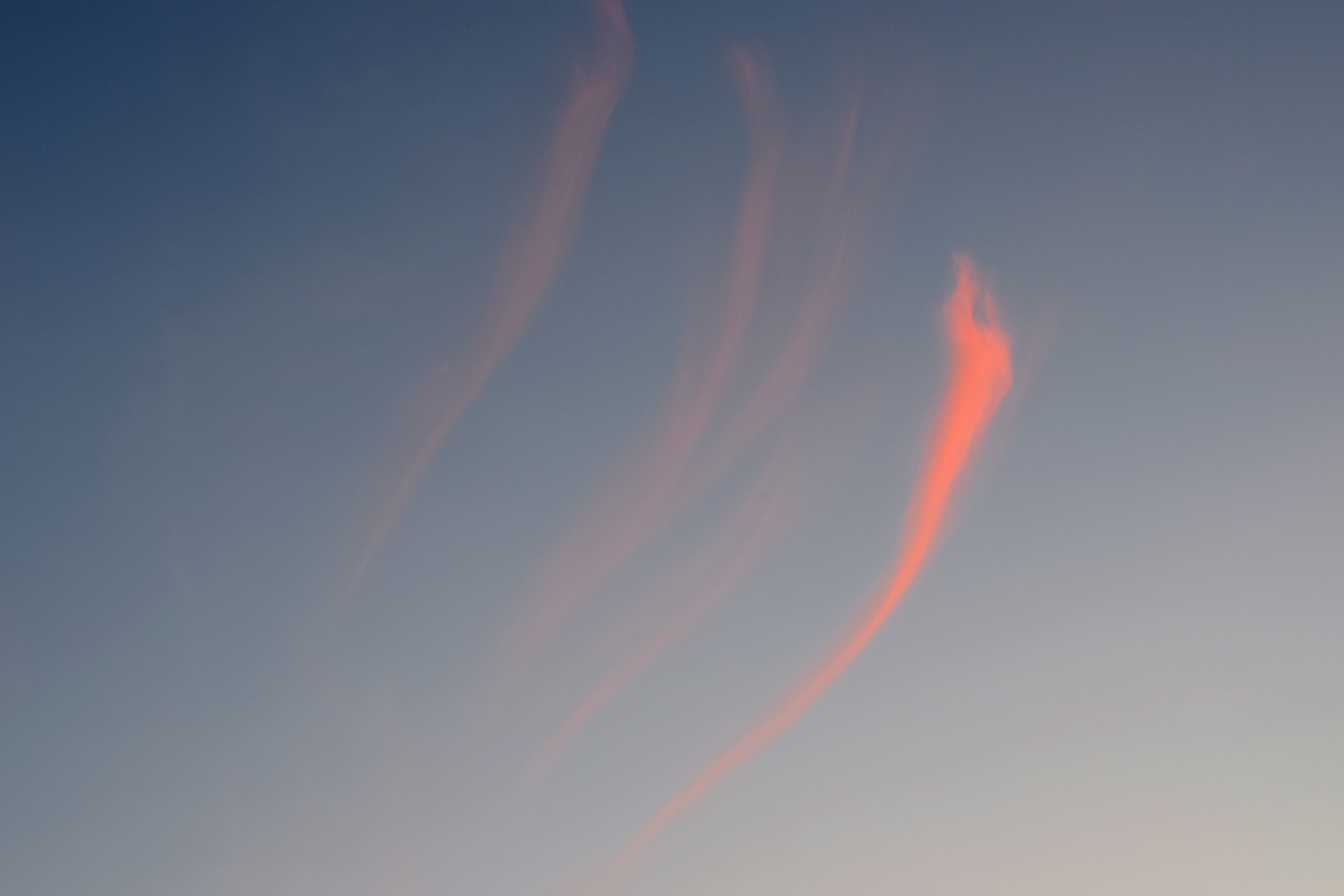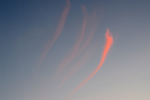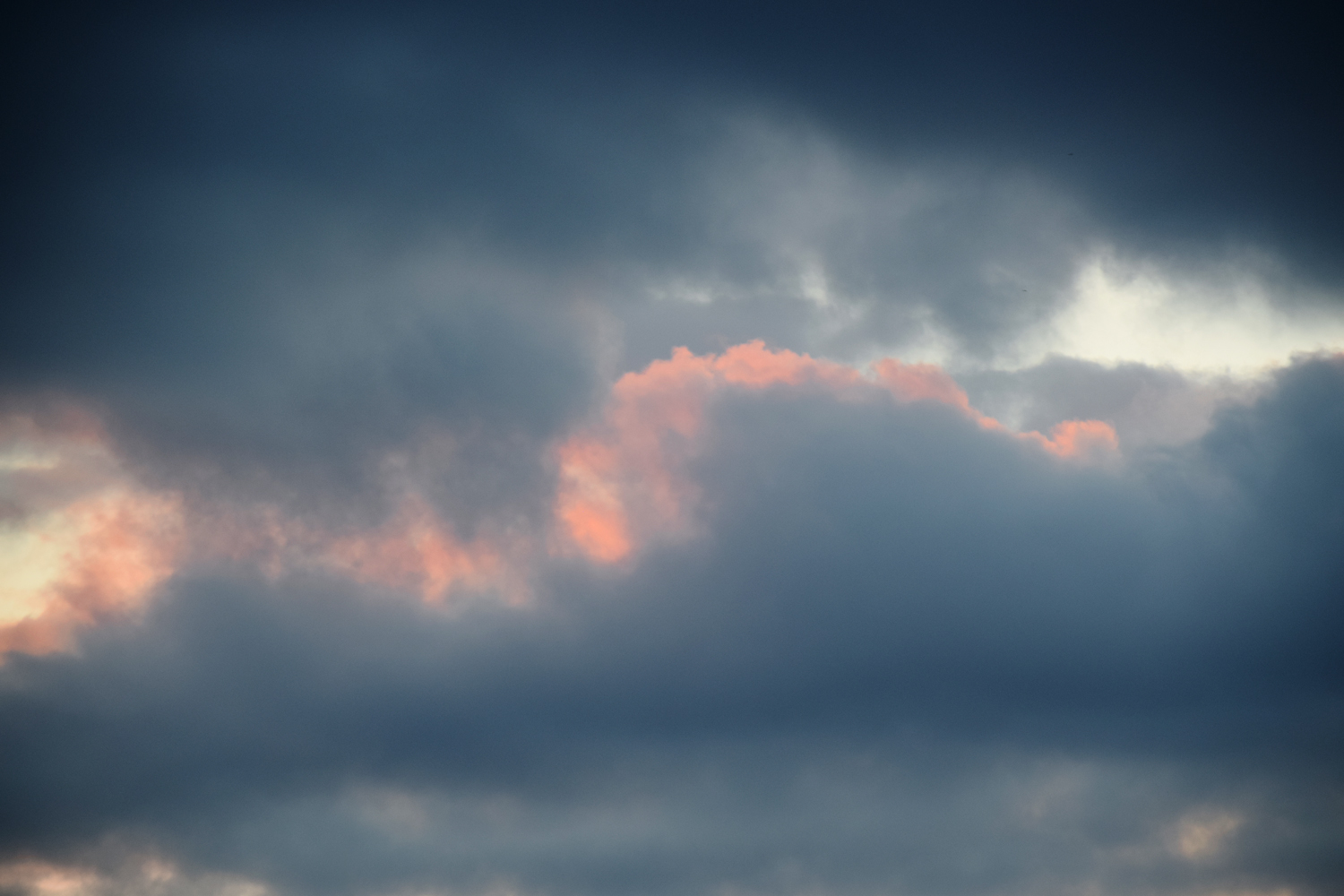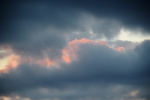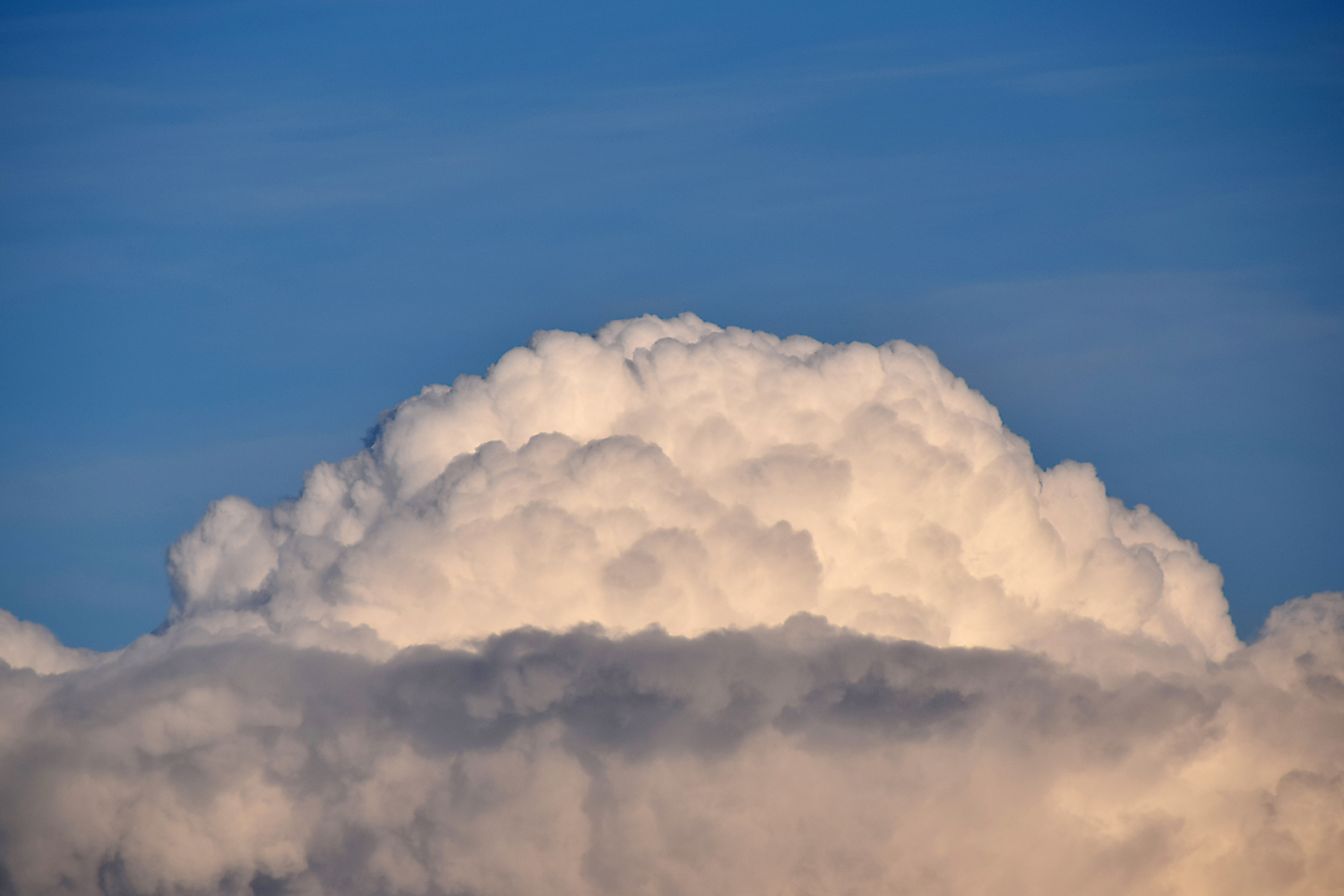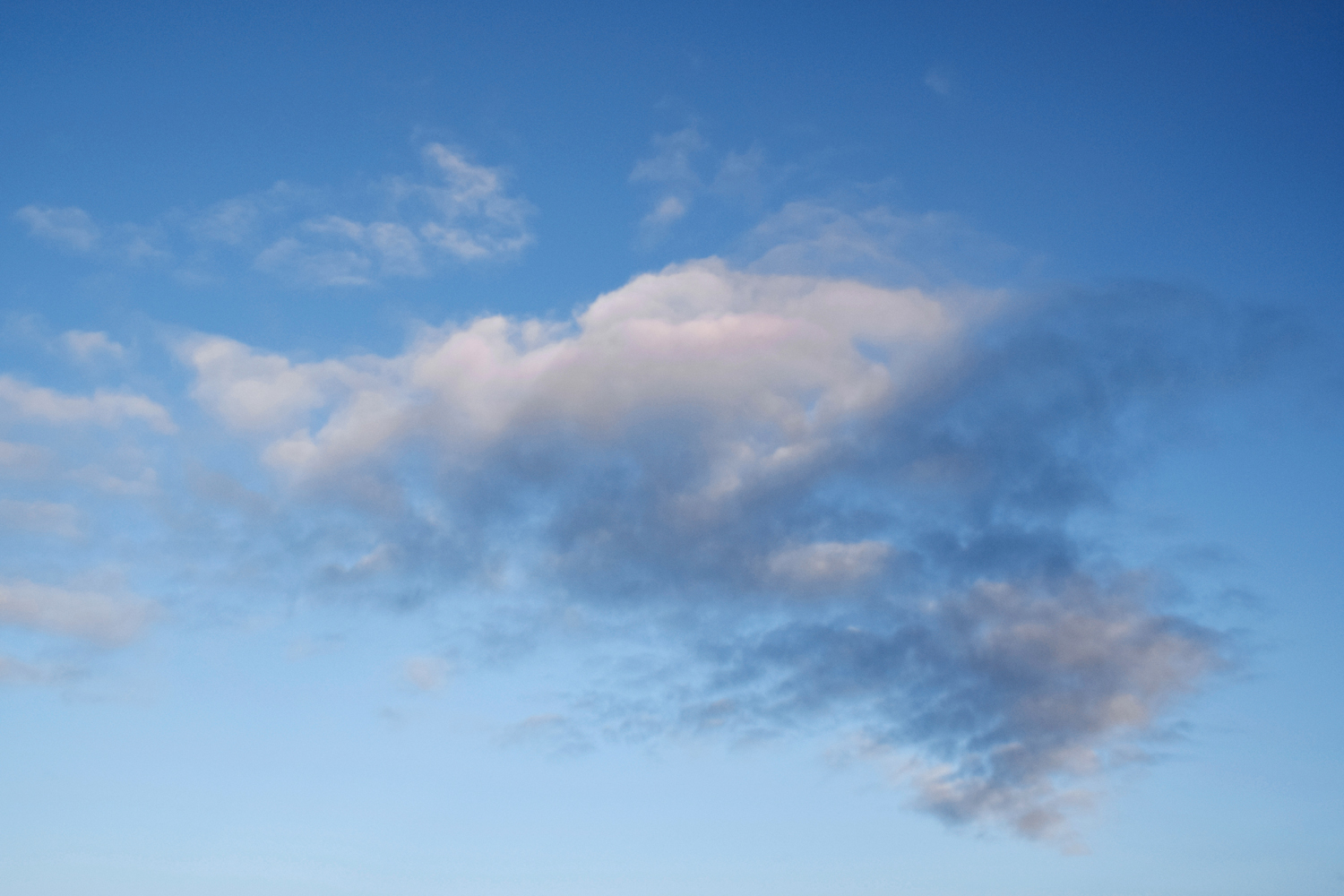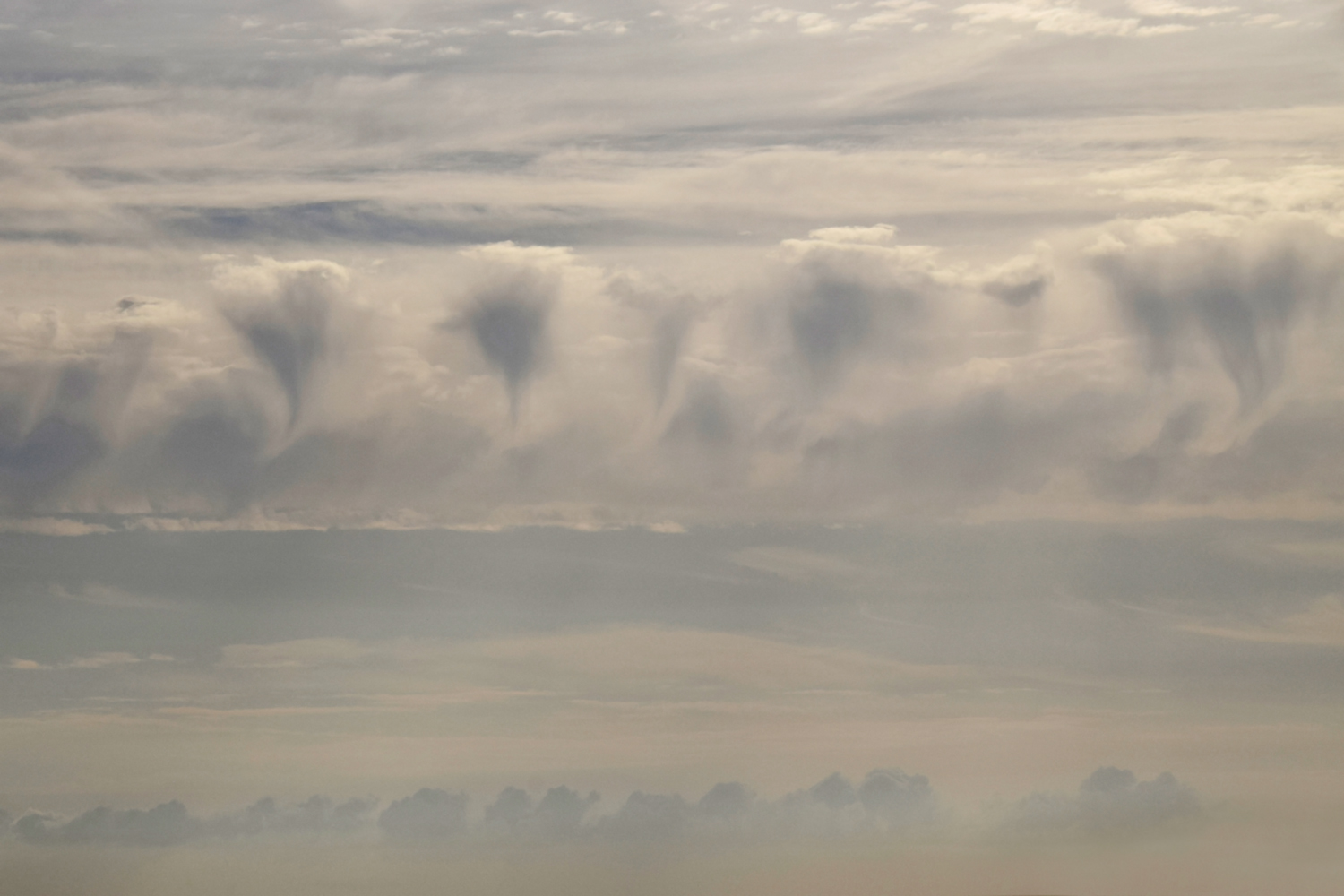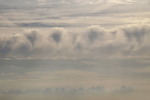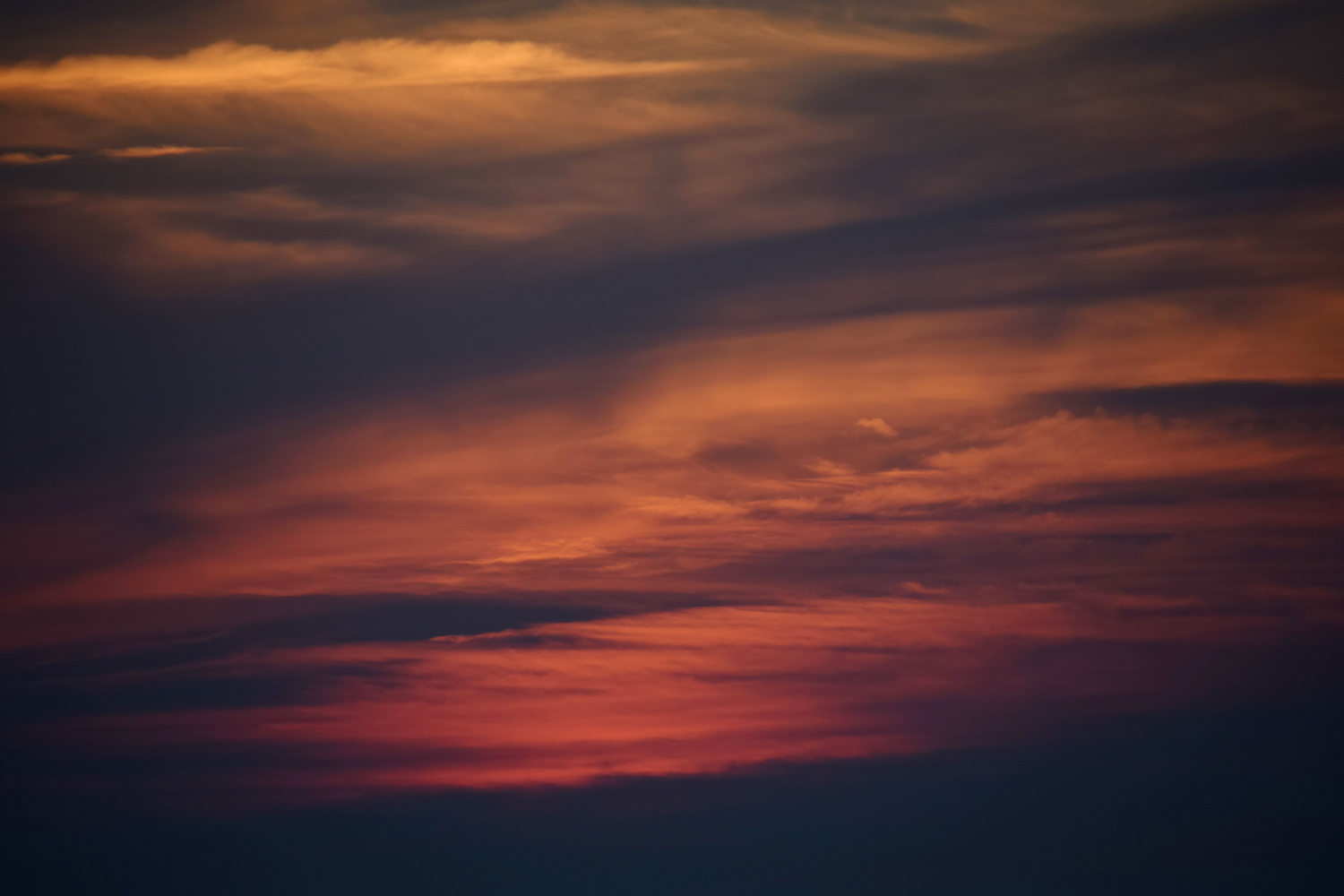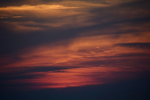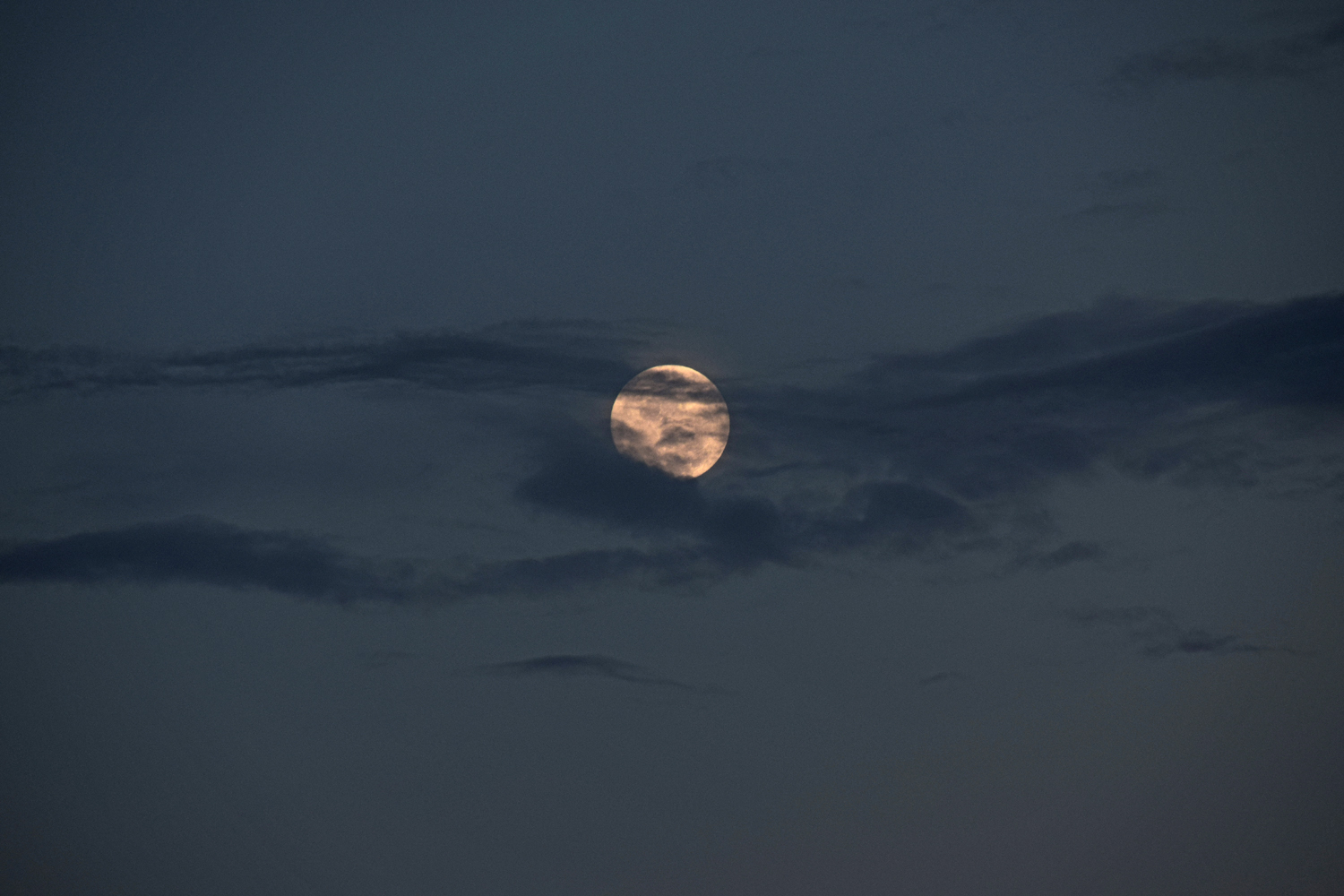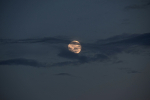In den Himmel schauen
Der Blick in den Himmel hat die Menschheit seit jeher fasziniert. Sonne, Mond und Sterne sowie die verschiedenen Wetterphänomene wie Wolken, Donner, Blitz und Regenbogen haben im Laufe der Zeit zahllose Zuschreibungen und Interpretationen erfahren. Himmelskörper und Wolken wurden als Sitz guter oder böser Mächte aufgefasst, die für noch unverstandene irdische Phänomene verantwortlich gemacht wurden. Mit der Entwicklung der Wissenschaften ging es dann mehr und mehr darum, den Himmel zu erforschen, zu verstehen, zu beherrschen und schließlich bis weit ins Weltall hinein zu erobern.
Auch wenn der Himmel auf diese Weise weitgehend entzaubert wurde, gelten die Wolken bis heute als interessantes Naturschauspiel. Sie werden nach wie vor als ästhetische Phänomene wahrgenommen, bieten ähnlich wie die Kunst Anlass zu vielfältigen Deutungen und affektieren uns auf unterschiedlichste Weise. In ihrer Wechselhaftigkeit und Unbestimmtheit zeigen sie sich seit unvordenklichen Zeiten eher als Prozesse denn als Dinge und wurden so zu universell gültigen Sinnbildern der Flüchtigkeit und des ewigen Werdens und Vergehens, viel radikaler noch als das Meer mit seinem unaufhörlichen Wellenschlag und den Gezeiten.
Die Fotografie ist wie keine andere Kunst geeignet, die Schönheit dieses Flüchtigen, Ephemeren festzuhalten, aber dennoch geht es mir um etwas anderes. Meine Wolkenfotos sind eher „Phantom-Bilder“ (Hervé Guibert), bei denen das eigentlich Interessante außerhalb des Bildfeldes liegt und von der Fotografie unmöglich erfasst werden kann. Sie sind weniger Darstellungen der Wolken selbst als Erinnerungen an den kontemplativen Zustand des In-den-Himmel-Schauens. Dabei geht es nicht um den persönlichen sentimentalen Blick, sondern die Haltung, die Theodor W. Adorno in seiner Minima Moralia als utopische Alternative zu dem expansiven, fortschrittsgläubigen Aktivismus, der die Menschheit „unter irrem Zwang auf fremde Sterne einstürmen“ lässt, beschrieben hat: „Rien faire comme une bête, auf dem Wasser liegen und friedlich in den Himmel schauen, sein, sonst nichts, ohne alle weitere Bestimmung und Erfüllung könnte an Stelle von Prozeß, Tun, Erfüllen treten …“
Looking up at the sky has fascinated mankind since the dawn of time. The sun, moon and stars, as well as the various weather phenomena such as clouds, thunder, lightning and rainbows, have been subject to countless attributions and interpretations over the course of time. Celestial bodies and clouds were conceived of as the seat of good or evil powers, which were held responsible for earthly phenomena that were not yet understood. With the development of the sciences, the aim then became more and more to explore the heavens, to understand them, to control them, and finally to conquer them far into space.
Even though the sky was largely demystified in this way, clouds are still considered an interesting natural spectacle to this day. They are perceived as aesthetic phenomena, offering, similar to art, cause for diverse interpretations and affecting us in the most diverse of ways. In their changeability and indeterminacy, they have shown themselves since time immemorial to be processes rather than things and have thus become universal symbols of fleetingness and an eternal becoming and passing away, much more radically than the sea with its incessant pounding of waves and changing of tides.
Photography is better suited than any other form of art to capture the beauty of this fleeting ephemeral, and yet I am concerned with something else. My cloud photographs are more like „phantom images“ (Hervé Guibert), where what is actually interesting lies outside the field of view and cannot possibly be captured by photography. They are less representations of the clouds themselves than memories of the contemplative state of looking up at the sky. This is not about the personal sentimental gaze, but the attitude that Theodor W. Adorno described in his Minima Moralia as a utopian alternative to the expansive, progressive activism that has humanity „storming alien stars under a confused compulsion“: „Rien faire comme une bête, lying on the water and look peacefully into the heavens, being, nothing else, without any further determination and fulfillment might step in place of process, doing, fulfilling …“
